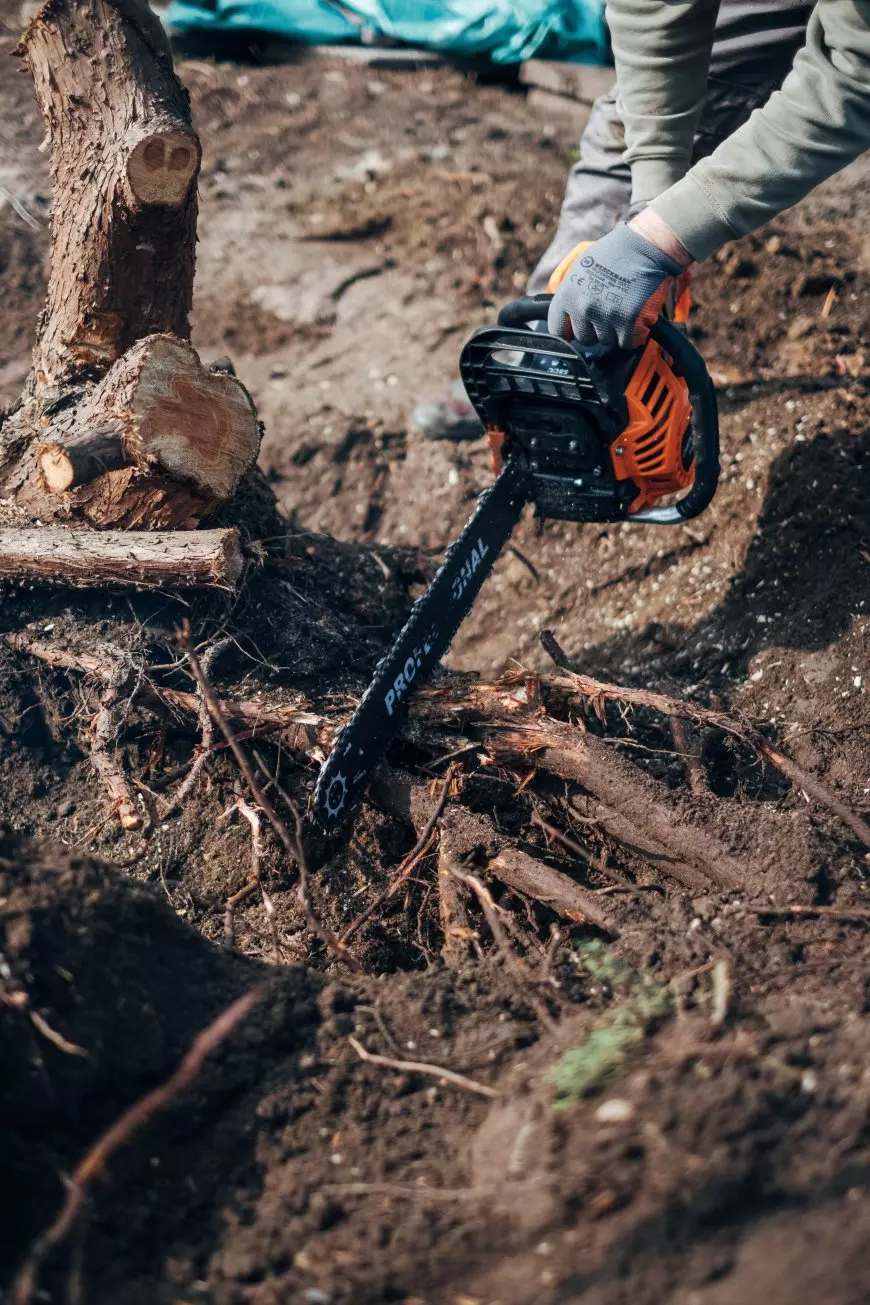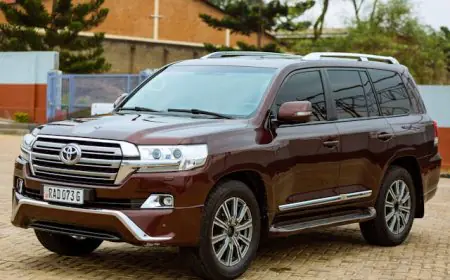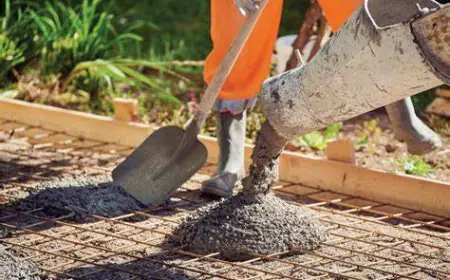What Are the Proper Techniques for Starting a Chainsaw Safely?
Discover the secrets to safely start a chainsaw like a pro! Learn the proper techniques that will keep you safe and your saw running smoothly.

Starting a chainsaw safely requires adherence to proper techniques and precautions. This article aims to provide a comprehensive guide on the steps involved in starting a chainsaw without compromising personal safety.
The discussion will encompass understanding the different components of the chainsaw, ensuring appropriate fuel and oil levels, wearing suitable safety gear, engaging the chain brake, priming and choking the engine, as well as pulling the start cord smoothly.
By following these guidelines, individuals can confidently initiate their chainsaws while minimizing potential risks.
Understanding the Chainsaw Components
An understanding of the chainsaw components is essential for safely starting the machine. One important aspect to consider is chain tensioning. It is crucial to ensure that the chain is properly tensioned before starting the chainsaw. A loose chain can pose a significant safety risk as it may come off during operation, while an overly tight chain can cause excessive wear and tear on both the chain and the guide bar. To achieve proper chain tensioning, one must follow the manufacturer's guidelines provided in the user manual.
Another key factor to consider for safe chainsaw operation is proper maintenance techniques. Regular maintenance helps keep the chainsaw in optimal condition, reducing potential risks during startup and use. This includes cleaning debris from air filters, checking and tightening all bolts and screws, inspecting for any signs of wear or damage, lubricating moving parts, and sharpening or replacing worn-out chains as necessary.
Understanding these components and implementing proper maintenance techniques ensures a safer start-up process when using a chainsaw.
In addition to understanding chain tensioning and proper maintenance techniques, another important step in safely starting a chainsaw involves checking the fuel and oil levels.
Checking the Fuel and Oil Levels
The discussion on checking the fuel and oil levels in a chainsaw encompasses various vital points.
Firstly, it is important to have adequate fuel and oil for the proper functioning of a chainsaw. Fuel and oil provide lubrication and ensure smooth operation.
Secondly, there are different methods for checking the adequacy of fuel and oil in a chainsaw. This involves visually inspecting the levels using clear indicators or dipsticks provided by the manufacturer.
Lastly, safety precautions should be taken when refilling fuel and oil in a chainsaw. It is crucial to turn off the chainsaw engine and allow it to cool down completely before refilling. Additionally, appropriate containers should be used for storing fuel and oil. It is also important to avoid smoking or using an open flame in the vicinity to prevent accidents.
Fuel and Oil Importance
Fuel and oil play a crucial role in maintaining the proper functioning of a chainsaw. Ensuring that the fuel and oil mixture is correct is essential for the optimal performance and longevity of the chainsaw. The fuel and oil mixture should be prepared according to the manufacturer's recommendations, as using an incorrect mixture can result in engine damage or poor operation.
Regular maintenance tips include checking fuel levels before each use, as well as inspecting for any leaks or signs of deterioration. Additionally, it is important to regularly clean or replace the air filter to prevent debris from entering the engine. Proper lubrication with oil is also vital to reduce friction between moving parts and prevent wear and tear on the chainsaw.
Checking for adequacy of fuel and oil levels will help ensure smooth operation during chainsaw use without interruption.
Checking for Adequacy
Checking fuel and oil levels before each use is important to ensure smooth operation and prevent interruption when using a chainsaw. Adequate safety measures should be taken into consideration to avoid accidents or damage to the equipment.
Proper technique plays a crucial role in maximizing efficiency and minimizing risks associated with chainsaw operation. It is essential to check the fuel level, ensuring there is enough for the intended task, as running out of fuel while operating can lead to unsafe situations. Similarly, checking the oil level is vital as it ensures proper lubrication of the chain and prevents overheating.
Regularly inspecting both fuel and oil levels allows for timely refilling, avoiding interruptions during work. Safety precautions when refilling include shutting off the engine, allowing it to cool down, wearing protective gloves, and using a funnel or spout to minimize spillage. These precautions help maintain safe working conditions throughout chainsaw use while emphasizing the importance of proper technique in preventing accidents or equipment malfunction.
Safety Precautions When Refilling
Ensuring appropriate safety measures when refilling the chainsaw with fuel and oil is crucial to prevent accidents and maintain safe working conditions. Proper refilling techniques and careful handling of fuel and oil are essential for the well-being of both the user and the equipment. To ensure a safe refill, follow these guidelines:
- Use proper containers: Always use approved containers specifically designed for storing and transporting flammable liquids. This helps minimize the risk of spills or leaks during refilling.
- Avoid smoking or open flames: Refuel in a well-ventilated area away from any potential ignition sources such as cigarettes, open flames, or sparks. This prevents fire hazards and reduces the chance of combustion.
- Take precautions when handling fuel and oil: Wear protective gloves to avoid skin contact with fuel or oil, which can cause irritation or allergic reactions.
By adhering to these proper refilling techniques and practicing safe fuel and oil handling, you can significantly reduce the risk of accidents while operating a chainsaw.
Transitioning into ensuring proper safety gear without using 'step', it is equally important to take additional precautions by wearing suitable safety equipment while operating a chainsaw.
Ensuring Proper Safety Gear
Proper safety gear should be worn when starting a chainsaw. Choosing appropriate safety equipment and maintaining it is crucial to ensure the user's well-being during chainsaw operation. One of the most important pieces of safety gear is protective clothing, such as a helmet with a face shield or goggles, earplugs or earmuffs to protect against excessive noise, gloves for hand protection, and sturdy boots with non-slip soles. These items shield the operator from potential hazards like flying debris, loud noise, and accidental cuts.
When selecting safety gear for chainsaw use, it is essential to ensure that it meets industry standards and regulations. Regular maintenance of safety equipment is also vital to keep them in good working condition. Inspecting helmets and face shields for cracks or damage before each use ensures their effectiveness in protecting the face from possible injuries.
After ensuring proper safety gear has been worn, the next step in safely starting a chainsaw involves engaging the chain brake. This critical action prevents the chain from rotating while starting or carrying the saw around. By activating the chain brake before attempting to start the chainsaw, accidents caused by an unintentional rotation of the chain can be avoided.
Engaging the Chain Brake
The chain brake is an essential safety feature in a power chainsaw man that plays a crucial role in preventing accidents and injuries. Its primary function is to stop the chain's movement in case of kickback, sudden movement, or loss of control.
Proper usage of the chain brake requires understanding its activation mechanism and knowing when and how to engage it effectively.
Chain Brake Importance
Chain brakes are vital for the safe operation of a chainsaw. Proper maintenance and troubleshooting of the chain brake is essential to ensure its effectiveness. Regularly inspecting the chain brake components, such as the handle, spring, and band, can help identify any signs of wear or damage that may compromise its functionality. Additionally, keeping the chain brake clean and well-lubricated can prevent it from becoming stiff or seizing up during use. Troubleshooting common issues like a loose chain brake lever or a non-responsive braking action requires careful examination of the system and adjustments as needed. By addressing these maintenance tasks and troubleshooting concerns promptly, operators can rely on their chainsaw's chain brake to function reliably when needed.
Transitioning into proper chain brake usage, it is important to understand how to engage and disengage the brake effectively to enhance operational safety without compromising efficiency.
Proper Chain Brake Usage
To ensure proper chainsaw usage, it is essential to understand chain tensioning and maintaining chain sharpness.
Understanding chain tension helps prevent accidents caused by a loose or tight chain. A loose chain may jump off the bar during operation, while a tight one can cause excessive wear and damage to both the engine and guide bar. Regularly checking and adjusting the chain tension ensures optimal performance and safety.
Maintaining chain sharpness is equally essential for safe chainsaw operation. A dull chain not only reduces cutting efficiency but also increases the risk of kickback, which can be dangerous for the operator. Sharpening the saw's teeth regularly using a file or chainsaw sharpener maintains cutting performance while minimizing potential hazards.
Now that we have covered proper chain brake usage, let us move on to understanding how to prime and choke the engine without causing any issues.
Priming and Choking the Engine
Properly priming and choking the engine is an essential step in starting a chainsaw safely. Priming techniques involve pumping fuel into the carburetor to ensure that there is sufficient fuel for combustion. This is typically done by pressing a primer bulb several times until resistance is felt. Choking techniques, on the other hand, involve restricting the airflow to create a richer fuel mixture, which aids in cold starts. The choke lever or button should be engaged before attempting to start the chainsaw.
To further illustrate these techniques, consider the following table:
Priming Techniques
Choking Techniques
bulb buttone you have completed these steps, it is important to transition smoothly into pulling the start cord without jerking or yanking. This helps prevent any potential strain on your arm or back muscles and ensures a safe and controlled startup process.
Pulling the Start Cord Smoothly
Transitioning smoothly into pulling the start cord without sudden movements or jerking is crucial to maintaining proper form and preventing strain on the muscles during the chainsaw startup process. Employing a smooth start technique ensures that the chainsaw starts up efficiently, minimizing the risk of kickback and potential injuries.
When starting a chainsaw, it is essential to grasp the front handle with your left hand while placing your right foot firmly on the rear handle for stability. This posture provides balance and control throughout the starting process. To begin, pull the starter cord gently until you feel resistance, avoiding any abrupt motions that could strain your muscles or cause jerking movements. Once you encounter this resistance, give a quick, firm pull on the cord to engage the engine's initial ignition phase.
By executing a smooth start technique, you can prevent kickback incidents, which occur when there is an unexpected upward force applied from contact between the chain's moving teeth and an object. Kickback can lead to severe injuries as it causes loss of control over the chainsaw. By ensuring a smooth start without sudden movements or jerks, you reduce the likelihood of triggering such an incident.
To maintain safety during this process, it is vital always to follow proper chainsaw handling guidelines provided by manufacturers and receive appropriate training in using this equipment safely. Additionally, wearing personal protective equipment (PPE) such as gloves and eye protection further reduces potential hazards associated with operating a chainsaw.
To Read more Related Articles please click here

What's Your Reaction?

































































































